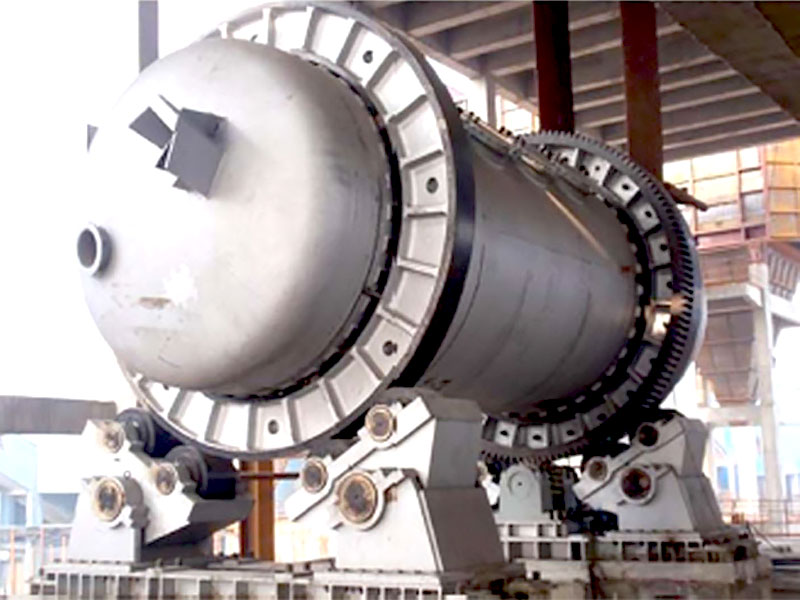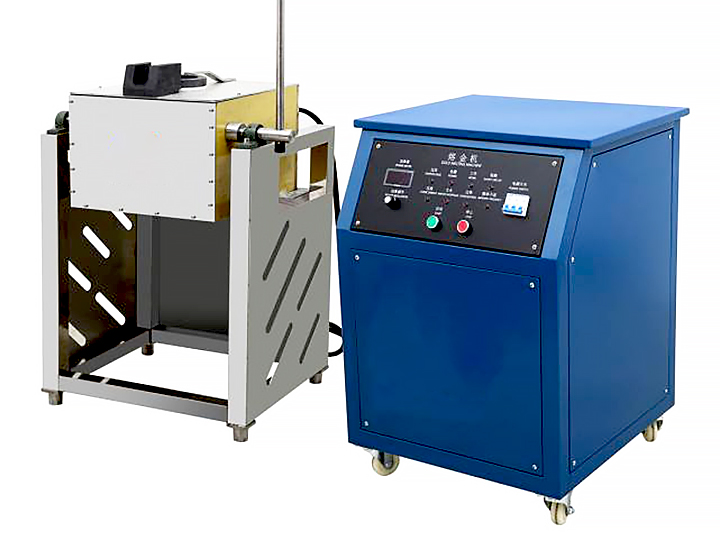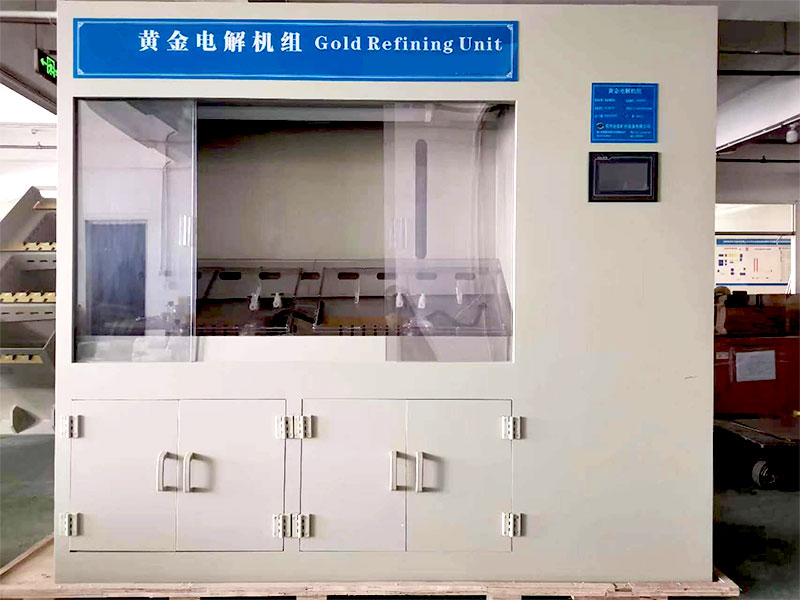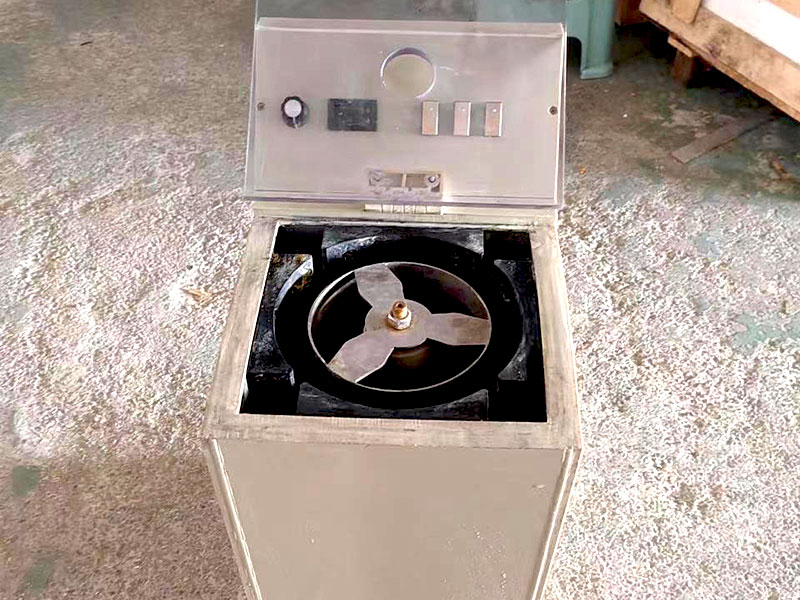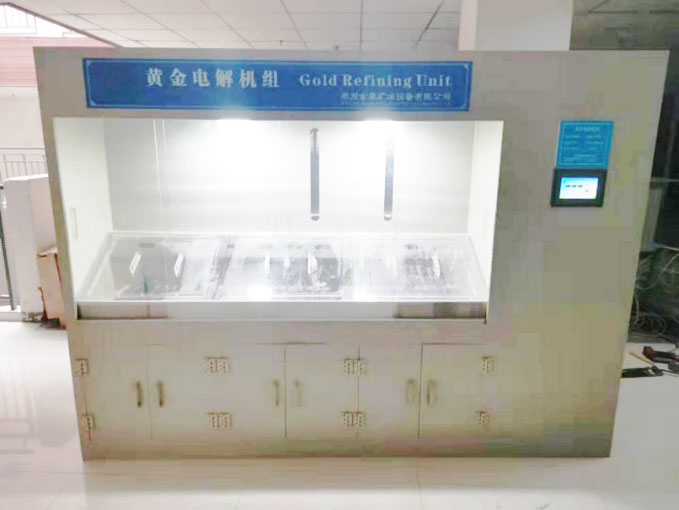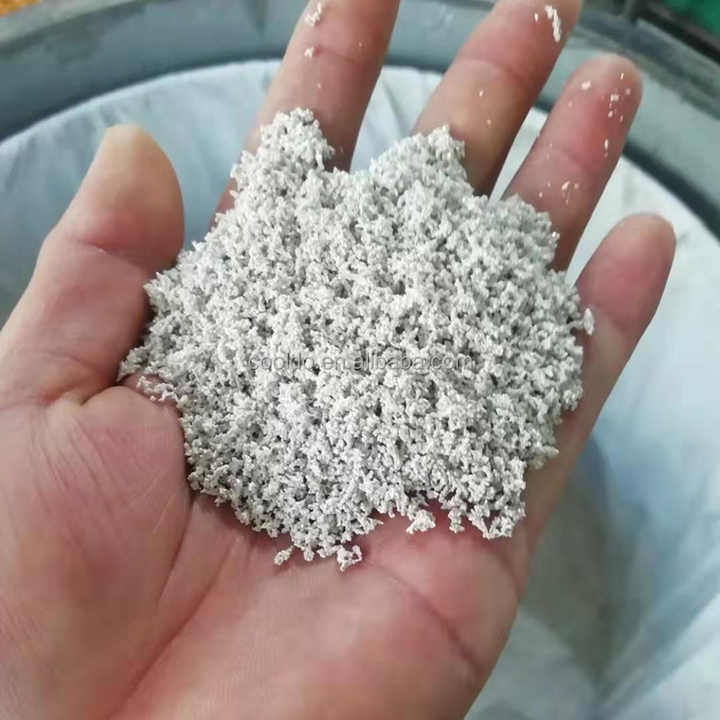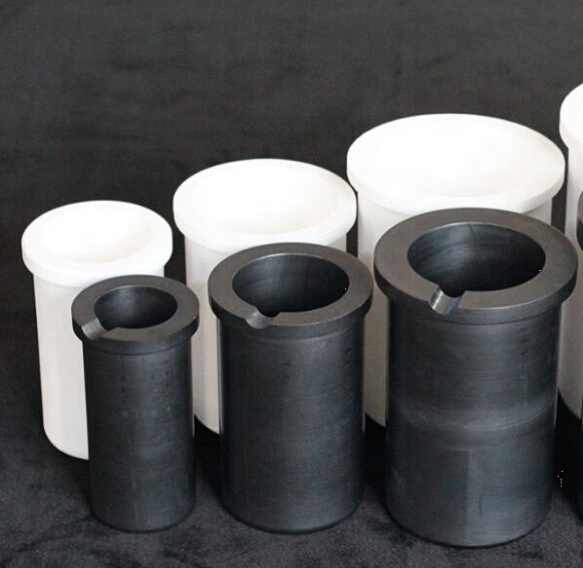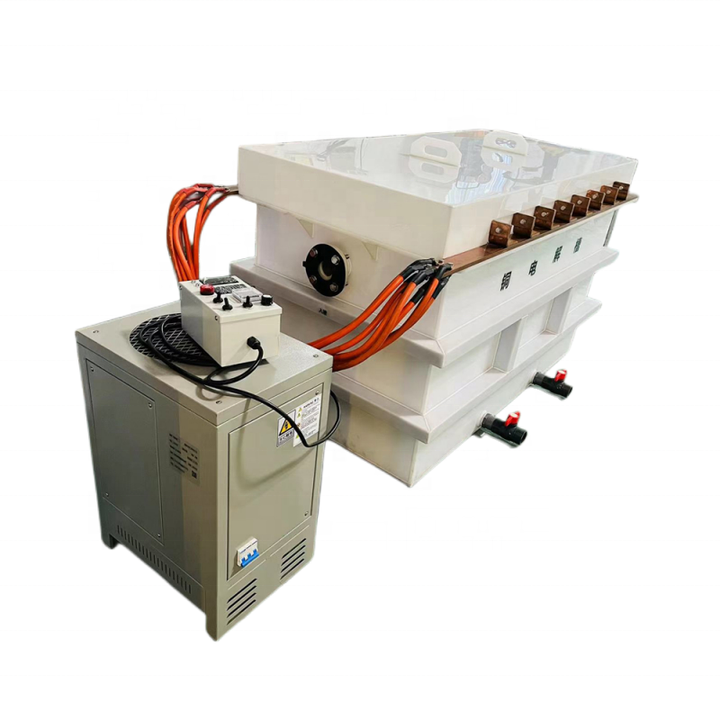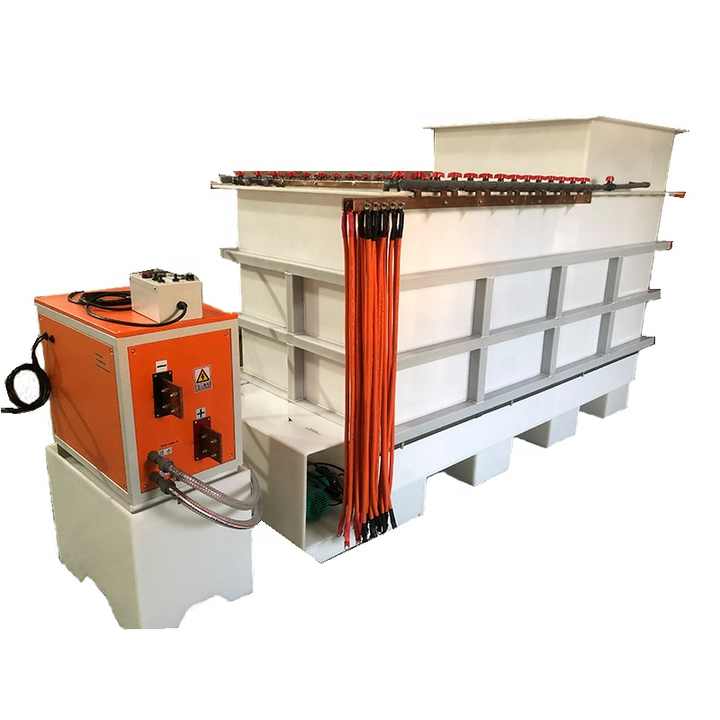refining silver with nitric acid
Refining Silver with Nitric Acid A Comprehensive Guide
Refining silver with nitric acid is a well-established method used in the precious metals industry to purify silver and separate it from other metals and impurities. This technique leverages the chemical properties of nitric acid to dissolve silver and is a common process among jewelers, refineries, and hobbyists dealing with silver. This article provides a detailed overview of the refining process, including the steps involved, benefits, and considerations.
Understanding the Process of Refining Silver with Nitric Acid
What is Nitric Acid?
Nitric acid is a strong, corrosive acid with the chemical formula HNO₃. It is commonly used in various industrial processes, including metal refining, due to its ability to react with metals and dissolve them. In silver refining, nitric acid plays a critical role in separating silver from base metals.
The Role of Nitric Acid in Silver Refining
- Dissolving Silver: Nitric acid reacts with silver to form silver nitrate, which is soluble in water. This reaction allows for the separation of silver from other metals and impurities.
- Separating Impurities: When mixed with other metals, such as copper or lead, nitric acid selectively dissolves the silver while leaving behind the base metals as insoluble residues. This helps in obtaining high-purity silver.
The Refining Process
Preparation
- Gathering Materials: The refining process begins with gathering silver-bearing materials, which may include scrap silver, jewelry, or silver ore. Safety equipment, including gloves and goggles, is also essential due to the corrosive nature of nitric acid.
- Crushing and Grinding: If starting with silver ore or scrap, it should be crushed and ground into smaller pieces to increase the surface area for the acid to act upon.
Dissolving the Silver
- Preparing the Solution: Nitric acid is diluted with water to create a solution suitable for dissolving silver. The concentration of the solution can vary depending on the amount and type of silver being refined.
- Reaction: The silver-bearing material is added to the nitric acid solution. The acid reacts with the silver, forming silver nitrate and leaving behind any base metals as residue. This reaction can be vigorous, so it should be conducted in a well-ventilated area or under a fume hood.
Separating Silver Nitrate
- Filtering: Once the reaction is complete, the mixture contains silver nitrate in solution and insoluble impurities. The solution is filtered to remove the solid residues, leaving a clear liquid containing dissolved silver nitrate.
- Precipitation: To recover the silver from the solution, a precipitating agent such as hydrochloric acid is added. This causes silver chloride to form, which is insoluble and can be easily separated from the liquid.
Converting Silver Chloride to Pure Silver
- Washing: The silver chloride precipitate is washed with water to remove any remaining impurities.
- Reduction: The silver chloride is then reduced to metallic silver by heating it in a furnace or by using a chemical reducing agent such as zinc. This process converts the silver chloride back to pure silver metal.
Final Steps
- Melting and Casting: The recovered silver is melted and cast into desired forms, such as bars or ingots. This final step ensures that the silver is ready for use or sale.
Benefits of Refining Silver with Nitric Acid
High Purity
Refining silver with nitric acid effectively separates silver from other metals and impurities, resulting in a high-purity product. This method is reliable for achieving the quality needed for various applications.
Efficient Separation
The process selectively dissolves silver while leaving base metals behind, making it efficient for purifying silver from mixed or contaminated sources.
Versatility
This method can be used with various forms of silver, including scrap, jewelry, and ore. It is adaptable to different refining needs and scales.
Challenges and Considerations
Safety Concerns
Nitric acid is highly corrosive and requires careful handling. Proper safety precautions, including the use of personal protective equipment and proper ventilation, are essential to prevent accidents and health hazards.
Environmental Impact
The refining process generates waste products, including acid solutions and residues. Proper disposal and treatment of these byproducts are necessary to minimize environmental impact and comply with regulations.
Equipment and Expertise
Refining silver with nitric acid requires specialized equipment, such as acid-resistant containers and filtration systems. Additionally, expertise in handling chemicals and conducting the refining process is crucial for successful outcomes.
Refining silver with nitric acid is a well-established technique that provides an effective means of purifying silver and separating it from other metals. By understanding the process, benefits, and challenges associated with this method, refiners can achieve high-quality results and ensure efficient processing. With proper safety measures and expertise, refining silver with nitric acid remains a valuable practice in the precious metals industry.

